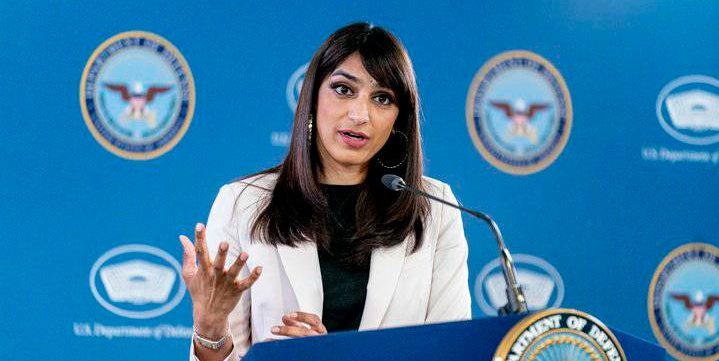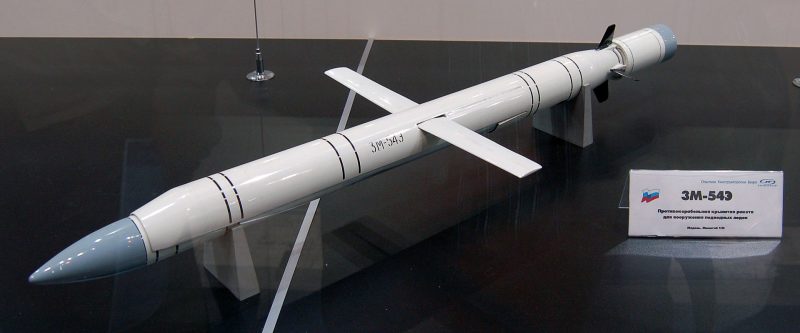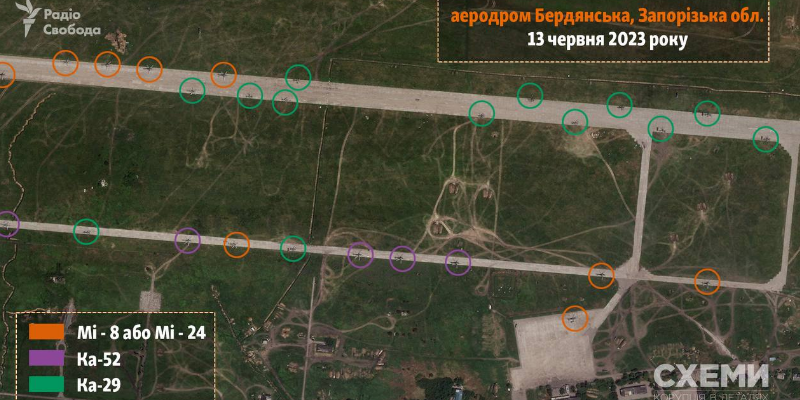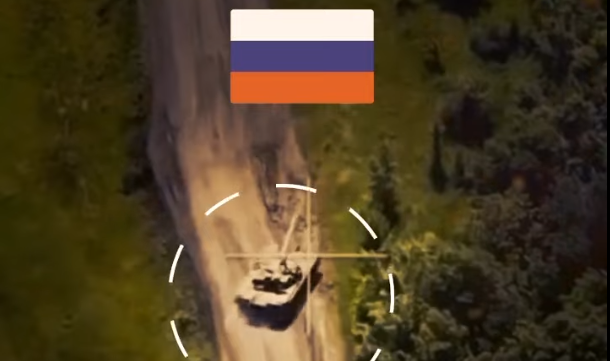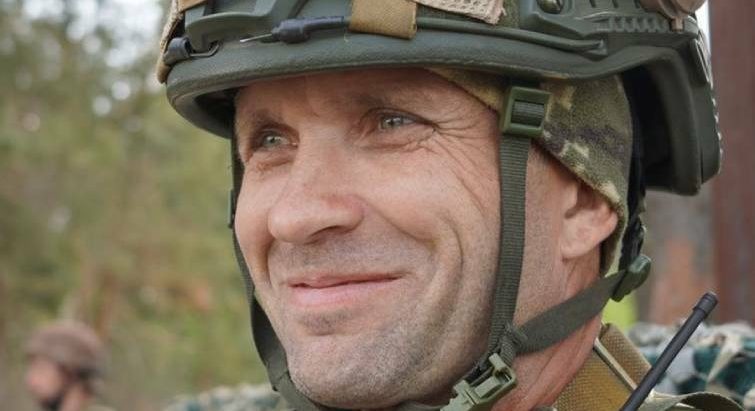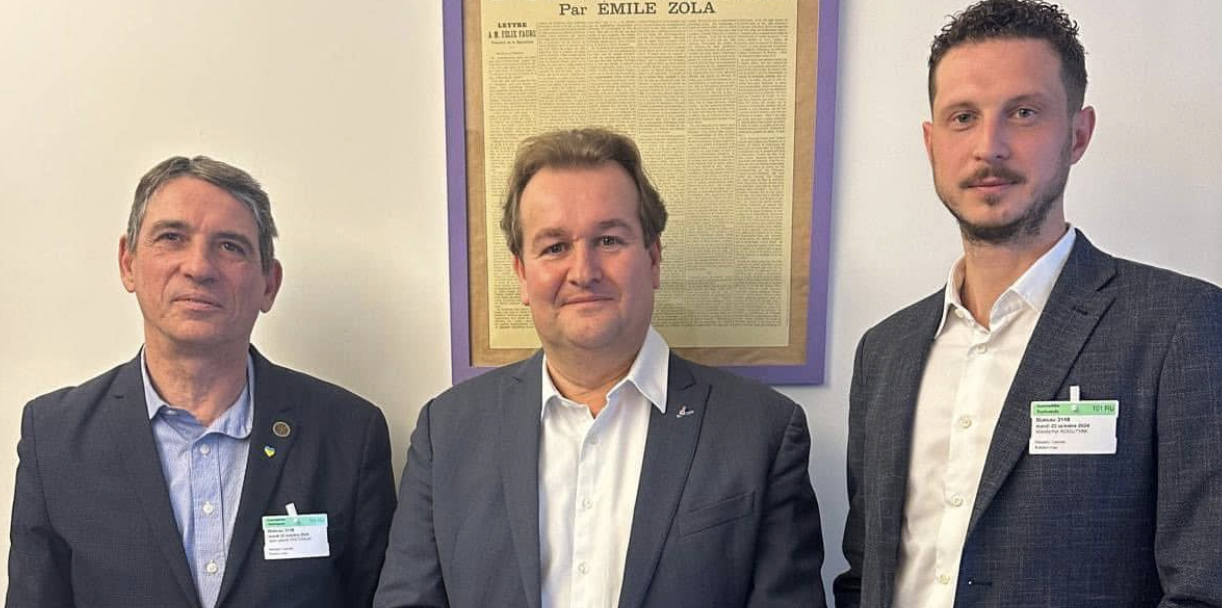“According to confirmed information, the enemy aimed four Kalibr missiles on Odesa from a ship in the Black Sea. A business center, an educational institution, a residential complex, food establishments and shops in the city center were damaged as a result of air combat and the blast wave”, reports the “South” Operational Command. The Russian missile hitting a warehouse of a retail chain in Odesa caused the destruction of 1,000 square meters and a fire on an area of 400 square meters. Three employees of the warehouse were killed, seven were wounded. In addition, people may be trapped under the rubble, the clearance of it is ongoing.
- Pentagon does not confirm data on destroyed equipment during fighting in Ukraine.
- Russia hit Kramatorsk and Kostiantynivka with missiles; there are dead and wounded.
- Yesterday, Russia lost 680 servicemen, 8 tanks, 11 armored combat vehicles, 17 artillery systems, 2 multiple rocket launch systems, and 1 air defense system.
- The death toll of the Russian missile attack on Kryvyi Rih has risen to 12 people.
Russia’s Kalibr cruise missiles each have at least 40 components produced in other countries, and the Ukrainian President’s Office believes that sanctions should be tightened against those who help Russia obtain foreign parts.
Reaction to counteroffensive: Russia redeploys 20 helicopters to an airfield in Berdiansk. There are at least 27 helicopters of the Russian army at the occupied Berdiansk airfield as of 13 June. Twenty of them appeared at the airport recently, confirm the satellite images for 31 May.
Ukrainian investigative reporting project Skhemy With the help of two aircraft experts, managed to identify the helicopter models. Namely:
- 5 Ka-52 helicopters;
- 9 Mi-8 or Mi-24 helicopters;
- 13 Ka-29 helicopters.
A Russian T-72 tank drives off the road and lands amidst two anti-tank mines. The Ukrainian Ground Forces shared the corresponding video with reference to the “West” Operational Command.
What is this Ka-29 that Russians have moved to Berdyansk, and what can it do? Ka-29 is a rare marine assault helicopter of the Russian Navy, designed for ship- and shore-based operations. This helicopter was built based on the Ka-27 and differs from the base model by the armored cockpit, the presence of nodes for suspension of weapons, the ability to take on board paratroopers in a regular manner, and the ability to install exhaust devices and heat traps to protect against MANPADS.
The Ka-29 has a fuselage length of 12.25 meters, a maximum take-off weight of 11.5 tons, and can carry either 1850 kg of combat load, or up to 2000 kg in the cargo cabin or up to 3000 kg of cargo on the external suspension. The Ka-29 can take on board up to 16 paratroopers with complete equipment or up to 10 wounded on stretchers.
The Ka-29’s weapon set can include blocks with unguided S-5 and S-8 rockets, universal gun containers UPK-23-250 with aviation guns GSh-23L with an ammunition load of 250 rounds, anti-tank missiles 9M120 “Ataka” from the “Storm-V” complex. Also, the Ka-29 is reportedly armed with a 4-barrel aviation machine gun GShG-7.62 caliber 7.62 mm, which is also used on Mi-24.
According to The Military Balance 2022, the Russian Navy’s naval aviation had 27 Ka-29 helicopters, without detailing how many such machines the Black Sea Fleet of Russia has. According to OSINT analysts, the Ka-29s in the temporarily occupied Berdyansk belong to the 318th mixed aviation regiment of the Black Sea Fleet of Russia.
Until this point, as the Russians noted, there was only one short-lived episode of Ka-29’s combat use throughout its history – in January-February 2001, during the war in Chechnya.
“This callsign protects me”: the story of the National Guard “Pastor”. In civilian life, Ukrainian warrior Mykola worked, among other places, at a factory. When he joined the Ukrainian military, he chose the call sign “Pastor. “Now, after his service, he plans to become a priest to be closer to God, who “has saved him more than once, ” as the National Guard of Ukraine reported. The man has been on the front for almost a year. During this time, he has gained the rank of company sergeant major. Currently, he has 7 sergeants under his command.
The sincere and somewhat tired smile on his face speaks volumes about his inner state. He chose the call sign “Pastor” primarily because he believes in God and adds that he made the right choice. “When I took the call sign, I believed I would help my friends, guide them a little. I manage to do this… Maybe I will go to study to be a priest. God has saved me more than once,” says the man. In comments to “Ukrainska Pravda.Zhyttia,” the fighter said that before the full-scale invasion, he lived in the Kharkiv region with his family. When Russian troops occupied the village, leaving was dangerous, so they lived under occupation for 5 months. “We lived there where the Russian troops entered on the first days. Literally, a few days later, a bus near the village of Volokhiv Yar was shot at with people who were evacuating. After that, no one tried to leave,” says Mykola.
When the Armed Forces of Ukraine de-occupied the region in July, the man went to the military enlistment office and voluntarily joined the Ukrainian military. As a defender, he first chose another call sign but later thought about it and changed it to “Pastor”. “A pastor is a leader. I chose him as a messenger of God, to help, to lead,” says the man. Mykola recalls several stories when he remained unharmed during enemy shelling. The warrior is sure that his prayers and his call sign help him. “Mines were falling nearby, and I always prayed… There was a case when we were moving very fast, and a mine flew into the middle of the group. There were injured and dead, and I remained unharmed. There are several such stories. This call sign protects me. It seems that someone is covering me from above,” the man shares.


